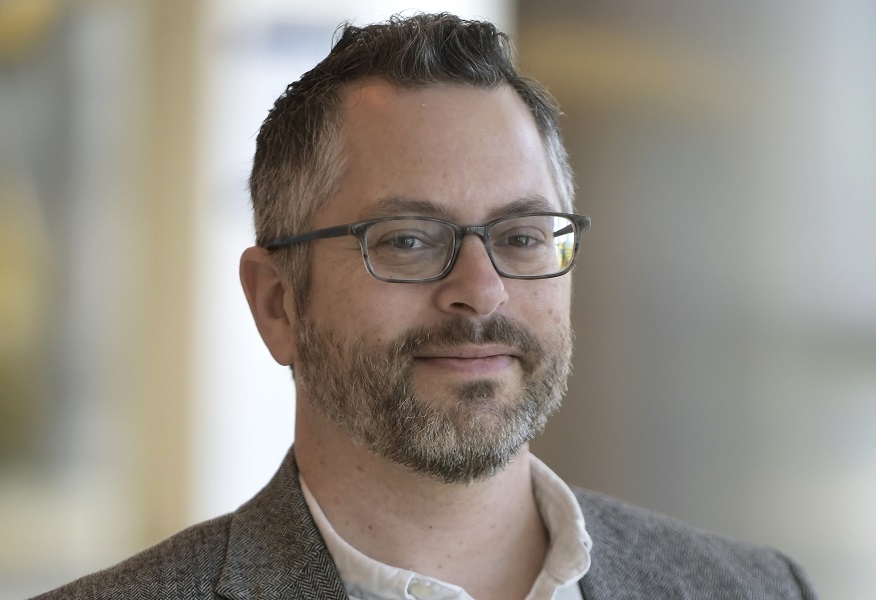Racial and ethnic disparities have long plagued health care, but according to Children's Cancer Research Fund Chief Medical Advisor Logan Spector, PhD, no one knew quite how much or how exactly these disparities affected African-American and Hispanic children with cancer.
So Dr. Spector's team delved into this question: Why do African-American and Hispanic children die of cancer more often? Is the disparity caused by socioeconomic status, biology or both? Thanks to CCRF donors, Dr. Spector was able to supplement an NIH training grant to hire a trainee to specifically study this question.
Using the National Cancer Institute's SEER (Surveillance, Epidemiology, and End Results Program) data collection program, and studying 31,866 childhood cancer cases, Dr. Spector and his fellow researchers discovered that both socioeconomic status and biological factors intertwined to account for lower survival rates in African-American and Hispanic children.
According to their paper published in the journal Cancer, they also confirmed that white children had a significant survival advantage over African-American and Hispanic children for several cancers.
Researchers discovered that socioeconomic status accounted for 28 percent to 73 percent of racial and ethnic disparities for several childhood cancers, including acute lymphoblastic leukemia (ALL), acute myeloid leukemia (AML), and non-Hodgkin's lymphoma. Though the study could not pinpoint precise reasons socioeconomic status caused disparity, Dr. Spector cited access to care, trouble getting time off work, difficulty traveling or difficulty taking medications correctly.
Despite the possible causes, Dr. Spector thinks solutions can come quickly. Researching cancer biology, however, will be a more challenging long-game. "We can change supportive care to alleviate disparities due to low socioeconomic status .. for instance, rather than assuming patients will take their maintenance therapy, we could ask them to send a selfie of them taking medication each day," he said.
Where survival disparities are primarily due to biology, progress will require a large amount of lab work and more funding to beat back the tumors. Though, he says there are some ready explanations.
"For instance, most of the disparity between black and white in acute myeloid leukemia (AML) was attributed to biology, and this makes a lot of sense," Dr. Spector said. "AML patients often need transplants, and it is well-known that because of the genetic diversity of the immune system in African-Americans, it is harder to find a good match. By contrast, most of the disparity in AML survival comparing Hispanic and white children was attributed to socioeconomic status, and we know that it is easier to find matches among Hispanic children."
Though this study clears some of the murkiness regarding racial and ethnic disparities, Dr. Spector recognizes this is just the beginning of unraveling a complicated problem.
Moving forward, Dr. Spector and his team plan to study specific tumors and populations. "We are embarking on a study to understand the differences in ALL etiology and survival in African-American children," Dr. Spector said.
Dr. Spector hopes their findings regarding socioeconomic status will prompt medical communities to invest in interventions, supportive care and social work, so patients will stick to their treatment protocols. Where disparities are mostly due to biology, he calls for funding agencies to recognize it as an issue and invest in studies that will clarify what aspect of biology is responsible.
Support Childhood Cancer Research
Your gift helps fund researchers, like Dr. Spector, and their work towards a better, safer treatments for childhood cancer.




